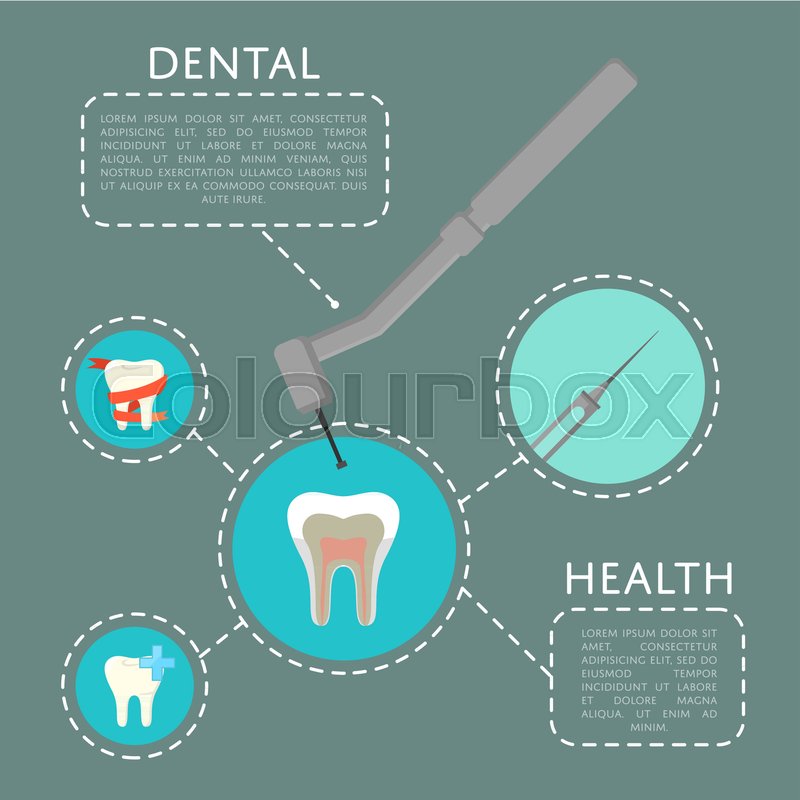The Development Of Dental Surgery: Cutting-Edge Innovations And Advancements Affecting The Area
The Development Of Dental Surgery: Cutting-Edge Innovations And Advancements Affecting The Area
Blog Article
Post Composed By- general and family dentistry to the world of oral surgery, where technologies and developments are forming the future of the area! In this interesting world, you'll witness the transformative power of robotics, the cutting-edge wonder of 3D printing, and the game-changing influence of minimally intrusive techniques.
The future of oral surgery holds an assurance of precision, efficiency, and improved individual end results. With the help of sophisticated robotics, doctors have the ability to do complex treatments with greater accuracy and control.
3D printing technology is changing the creation of dental implants and prosthetics, offering personalized services that fit perfectly right into each patient's special composition.
Furthermore, minimally invasive strategies are decreasing post-operative discomfort and recuperation time, permitting clients to return to their every day lives earlier.
Get ready to explore the exciting technologies and breakthroughs that are reshaping the landscape of oral surgery!
Innovations in Robotics
One significant advancement in oral surgery is the use of robotic innovation, which enables exact and efficient surgical procedures. With the help of robotic systems, oral surgeons have the capacity to do complex surgical procedures with improved precision, minimizing the risk of human error.
These robot systems are furnished with innovative imaging technology and precise tools that make it possible for cosmetic surgeons to browse via complex anatomical structures with ease. By making use of robot technology, surgeons can achieve better surgical precision, resulting in enhanced client end results and faster recuperation times.
Furthermore, the use of robotics in oral surgery permits minimally invasive treatments, reducing the trauma to surrounding cells and advertising faster healing.
3D Printing in Dental Surgery
To enhance the field of dental surgery, you can check out the subtopic of 3D printing in dental surgery. This innovative technology has the prospective to transform the way oral specialists operate and deal with people. Below are 4 crucial methods which 3D printing is forming the field:
- ** Custom-made Surgical Guides **: 3D printing permits the development of highly accurate and patient-specific surgical overviews, boosting the accuracy and effectiveness of treatments.
- ** Implant Prosthetics **: With 3D printing, dental doctors can develop customized implant prosthetics that flawlessly fit a patient's one-of-a-kind composition, resulting in much better outcomes and patient fulfillment.
- ** Bone Grafting **: 3D printing makes it possible for the manufacturing of patient-specific bone grafts, minimizing the demand for typical grafting methods and boosting recovery and healing time.
- ** Education and Training **: 3D printing can be utilized to create reasonable surgical designs for educational functions, enabling oral doctors to exercise complex treatments prior to doing them on clients.
With linked web-site to boost precision, customization, and training, 3D printing is an interesting advancement in the field of dental surgery.
Minimally Invasive Techniques
To better progress the field of dental surgery, embrace the capacity of minimally intrusive methods that can significantly profit both cosmetic surgeons and clients alike.
Minimally dentist are transforming the area by reducing surgical injury, decreasing post-operative discomfort, and accelerating the healing procedure. These strategies entail utilizing smaller sized incisions and specialized instruments to perform procedures with accuracy and effectiveness.
By making use of innovative imaging innovation, such as cone beam computed tomography (CBCT), specialists can accurately intend and implement surgical treatments with marginal invasiveness.
In kim family dental , using lasers in dental surgery allows for specific tissue cutting and coagulation, causing decreased bleeding and minimized healing time.
With minimally invasive techniques, patients can experience much faster healing, lowered scarring, and improved outcomes, making it a vital element of the future of dental surgery.
Final thought
So, as you can see, the future of oral surgery is extremely promising, with amazing developments and breakthroughs shaping the field.
From the developments in robotics to making use of 3D printing and minimally invasive techniques, dental surgeons are reinventing the method they offer care.
While some may fret about the possible price connected with these advancements, it is necessary to bear in mind that these technologies eventually boost client outcomes and lower healing time, making them well worth the financial investment in the long run.
